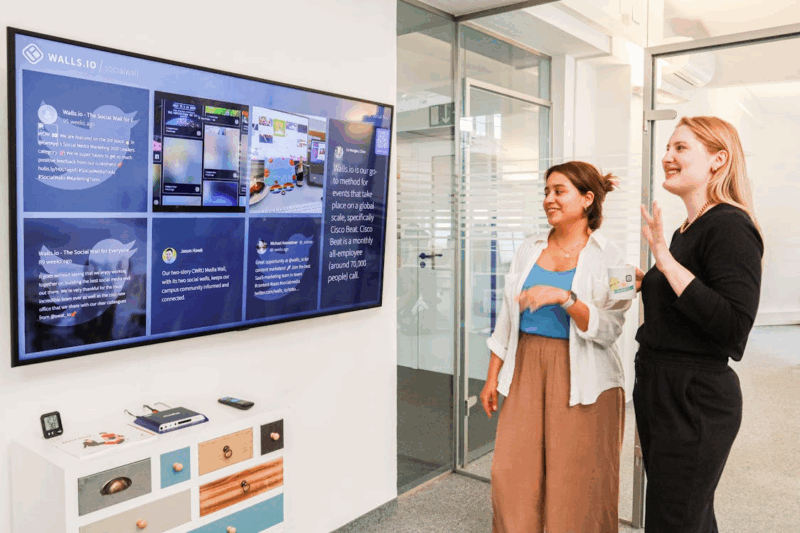
The digital world has become an ecosystem of instant responses, fast swipes, and real-time interactions. Whether someone is redeeming a small perk through a wpt bonus code or loading a mobile video within seconds, the expectation is always the same: everything should work smoothly, instantly and without friction. As we enter 2025, performance optimization is no longer a behind-the-scenes technical upgrade, it has become the foundation of user experience across gaming, mobile apps and social platforms.
What used to be considered luxuries, such as near-zero loading times or seamless multitasking, are now non-negotiable. And the companies that manage to deliver this level of responsiveness are the ones shaping user behavior at scale.
The “Instant” Expectation: How 2025 Changed User Demands
Once upon a time, users tolerated apps that needed a few seconds to load or videos that buffered briefly. Today’s digital consumer doesn’t wait. Algorithms, network advances and on-device computing have altered expectations so dramatically that even a one-second delay can feel like a disruption.
This shift is partly psychological. Fast interfaces give a feeling of control, immersion and flow. Slow performance, on the other hand, breaks the mental rhythm and creates friction, enough friction for users to switch to another platform.
For developers, this means the pressure to optimize is no longer optional. It’s structural.
Gaming: The New Benchmark for Real-Time Performance
Gaming has always been the stress test for digital performance. In 2025, this is truer than ever. Multiplayer games rely on ultra-tight synchronization, predictive physics engines, frame-rate stability and optimized rendering pipelines.
Three major performance trends are reshaping the gaming experience:
1. On-Device Processing Is Overtaking Cloud Reliance
Instead of offloading everything to cloud servers, many mobile games now use hybrid engines that process critical data on-device. The benefit? Lower latency, quicker responses and consistent performance even with modest network speeds.
2. Intelligent Frame-Rate Scaling
Games automatically adjust resolution, lighting complexity and animation detail based on device temperature, battery levels and network stability, ensuring smooth motion during intense scenes rather than dropping frames.
3. Faster Netcode and Predictive Algorithms
Modern netcode reduces lag by predicting player actions milliseconds before they happen. Combined with 5G/6G-ready networks, this creates gameplay so fluid that slow interactions feel outdated.

Performance isn’t an afterthought. It’s the backbone of the entire gaming experience, and other digital industries are now trying to keep up.
Mobile Apps: Adaptive Performance Becomes the Standard
Mobile apps face a unique challenge: they need to perform on thousands of device models, across different operating systems, and under wildly varying network conditions. Engineers in 2025 solve this with adaptive performance systems.
Dynamic Resource Allocation
Apps dynamically use memory, CPU and GPU depending on what the user is doing. Interfaces stay fast because unused modules remain dormant until needed.
Offline-First Structures
More apps now store essential features locally to avoid delays caused by unstable connections. This makes apps resilient and reliable regardless of environment.
Compressed Data Pipelines
Data transfer is optimized to send only what is necessary, a major upgrade over previous “full reload” structures. This reduces bandwidth consumption and speeds up everything from login flows to content browsing.
Users may not understand the engineering behind these improvements. But they instantly feel the difference: more responsiveness, more consistency, fewer frustrations.
Social Apps: Performance as a Behavior-Shaping Tool
Social apps historically focused on content and community features, but in 2025, performance optimization became a strategy to influence user engagement itself.
Instant-Feed Rendering
Social platforms now preload feed segments before users scroll to them. This creates an uninterrupted consumption loop that feels fluid and keeps users engaged for longer periods.
Optimized Live Video
Live streaming has exploded, and platforms handle millions of simultaneous viewers with adaptive bitrate streaming, faster edge delivery, and AI-powered compression. Even low-signal environments now deliver stable streams.
Micro-Interactions Without Lag
Likes, comments, shares, quick reactions, these micro-behaviors are dopamine triggers. When they happen instantly, they reinforce engagement loops. Any delay breaks the emotional feedback cycle.
Performance has become psychological architecture, platforms design “speed” strategically to increase satisfaction and retention.
What’s Powering All This: Behind-the-Scenes Technology
Multiple technologies converge to create the smooth digital experience users expect today:
Edge Computing
More processing happens closer to the user, reducing latency dramatically.
AI-Driven Load Balancing
Artificial intelligence predicts high-traffic moments and redistributes server loads to avoid slowdowns.
WebAssembly (WASM) in Mobile Environments
WASM allows near-native speed inside browsers, making web apps almost as fast as installed apps.
Predictive Caching
Apps “guess” what the user is about to do and preload assets in the background.
The result is an ecosystem where even simple apps feel faster than many desktop applications once did.
Organizations like the National Institute of Standards and Technology (NIST) publish ongoing research on performance optimization, edge networks and computing standards, highlighting how speed has become a national-scale digital priority rather than just a developer concern.
The User Experience Revolution: What It Means for Everyday People
For everyday users, performance optimization translates into real benefits:
Less Waiting
Whether in entertainment, productivity or communication, actions begin the moment users think about them.
More Immersion
Fast interactions create a smoother sense of engagement, especially in gaming and video-centered apps.
Better Multitasking
Optimized apps reduce battery drain, heat buildup and system slowdowns, even under heavy usage.
Greater Accessibility
Fast, efficient apps work better on lower-end devices, making the digital world more inclusive.










